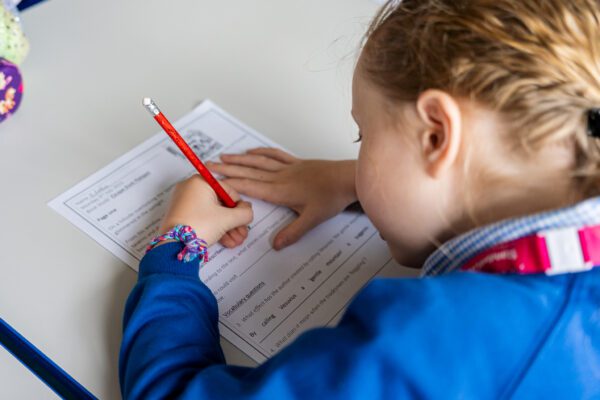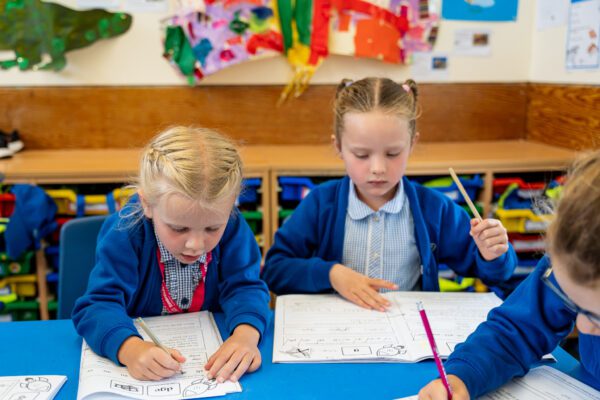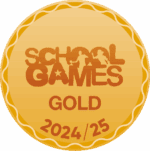How do we support SEND in Writing?
In order to allow all children to express themselves articulately, our SEN children are supported with a range of strategies aimed at assisting whilst developing independence. Although additional adult time and support is available both within classroom and as part of 1:1 or small group intervention sessions, adaptive teaching principles are fostered in each classroom to enable children to access the curriculum with a growing sense of independence and personal achievement. Some children will need more targeted adult support: this is built into the curriculum with key targets being identified as part of the class provision map.
We use digital technology in the form of Clicker – a child-friendly word processor – which helps children build sentences through word banks to help scaffold and support writing. Targeted children have personal log ins for IDL which they can access both at school and at home. This software is used with children from Year 2 upwards who may be presenting with dyslexic-type tendencies and who may need extra support with phonics, reading and spelling.
Word banks, spelling mats, pre-teaching, sentence stems and scaffolds are all used to help children gather their ideas for writing. We have a range of helpful equipment in each classroom which children can select from such as: pencil grips; special handwriting pens; coloured overlays; word banks and scaffolds and a set of four class laptops. The teacher may choose to use an open dyslexic font and muted screen colours, use voice assisted software, headphones or a visualizer when required. There is also the ability to mirror the class whiteboard onto the class iPad so children can access the teaching materials more personally, allowing for a different pace or revisiting key areas of the lesson.








